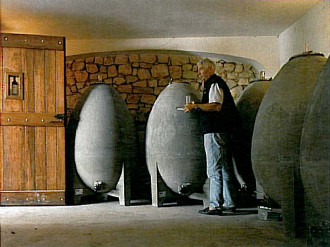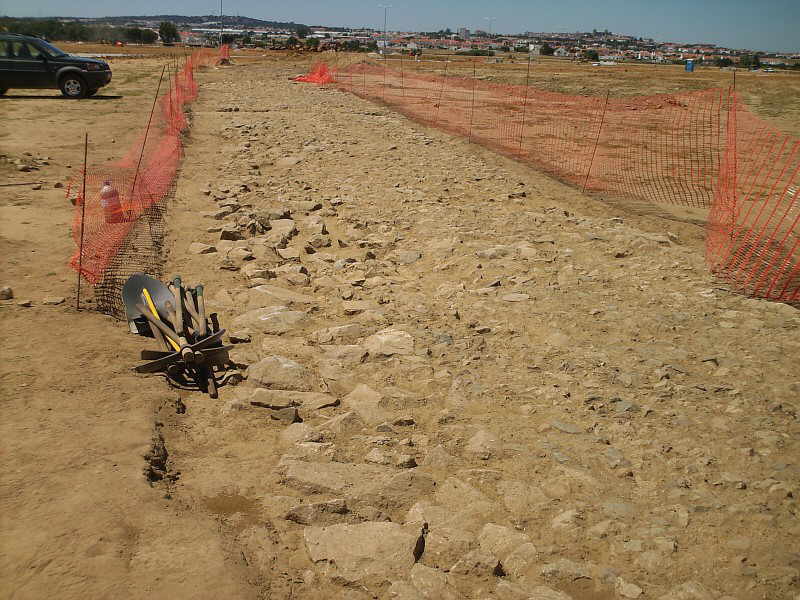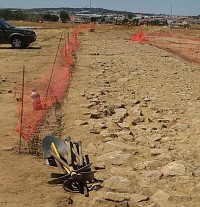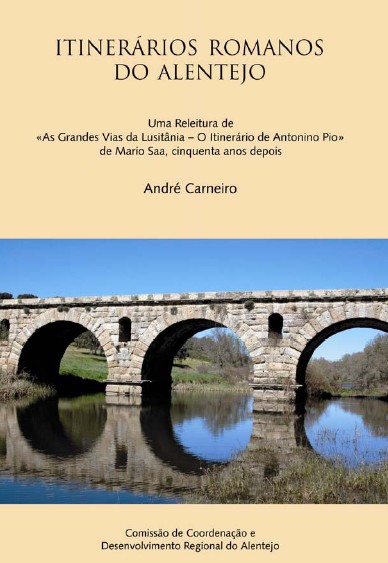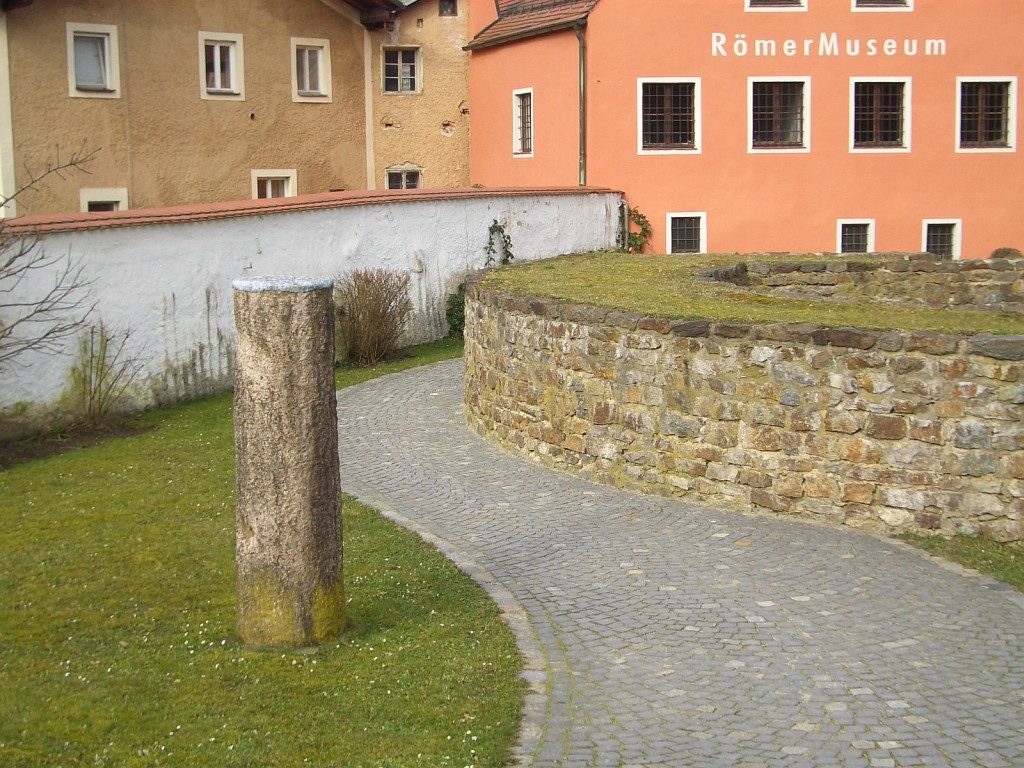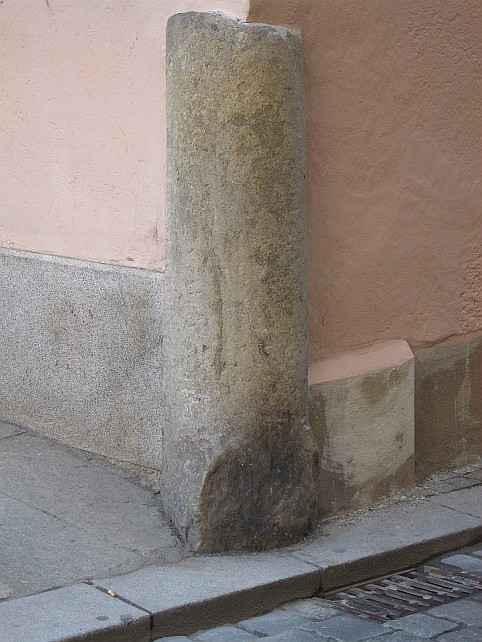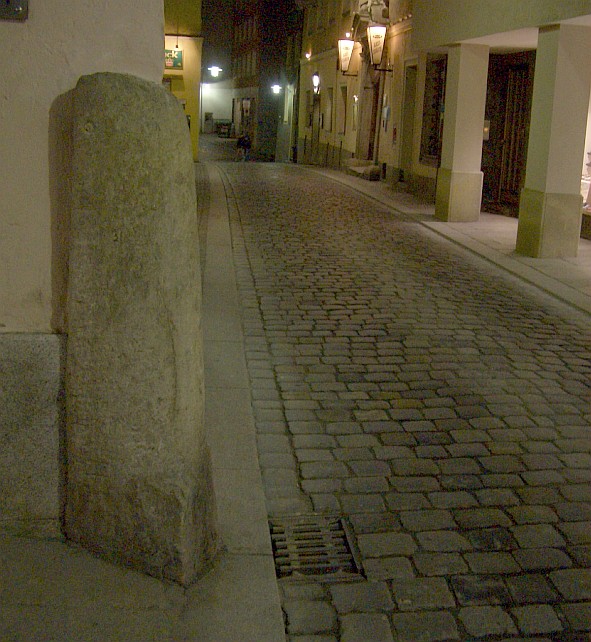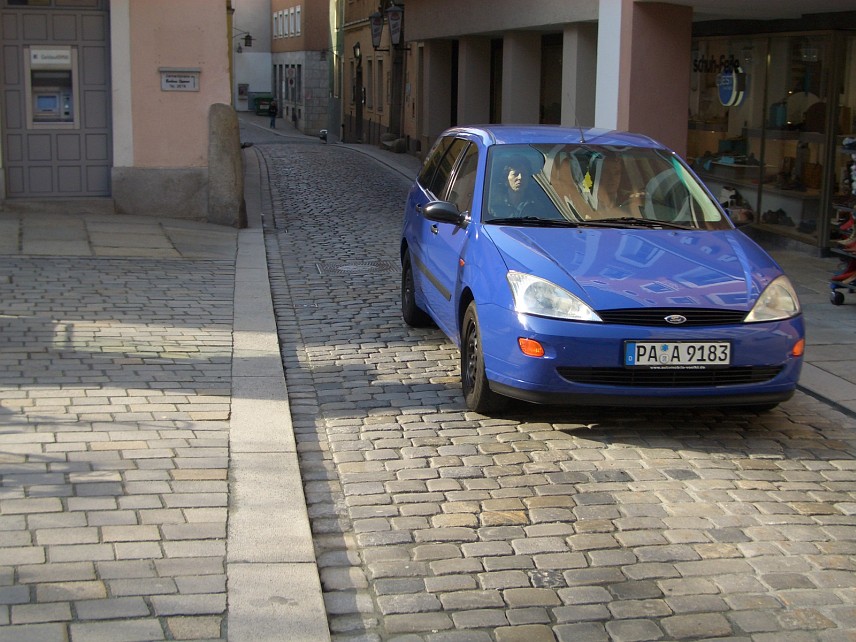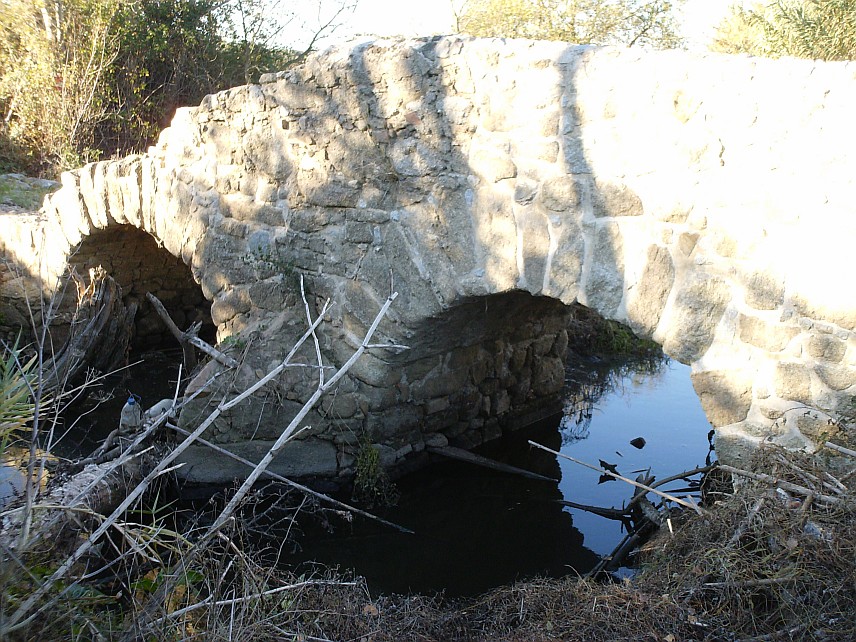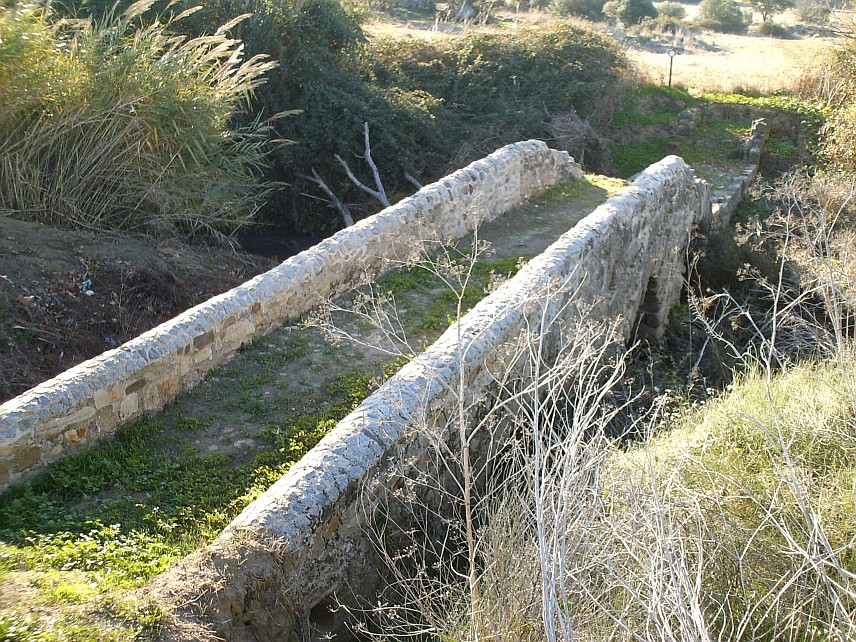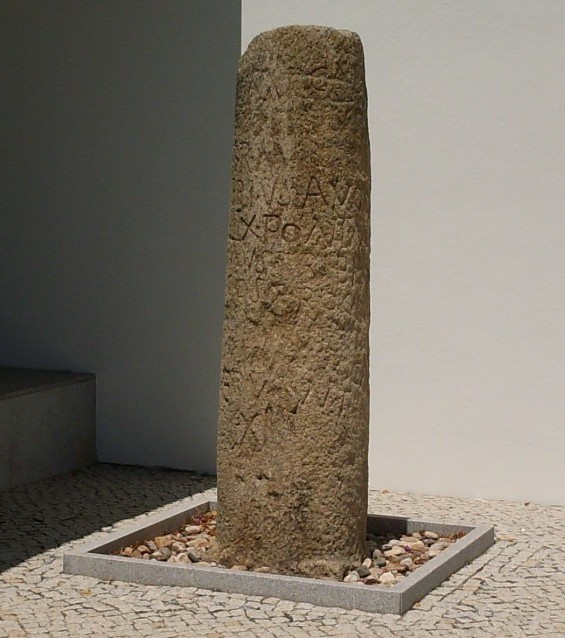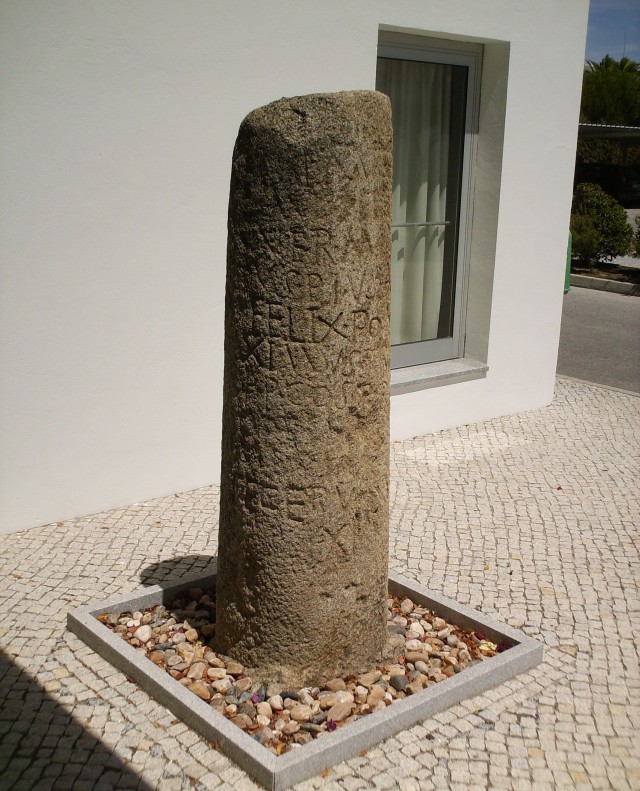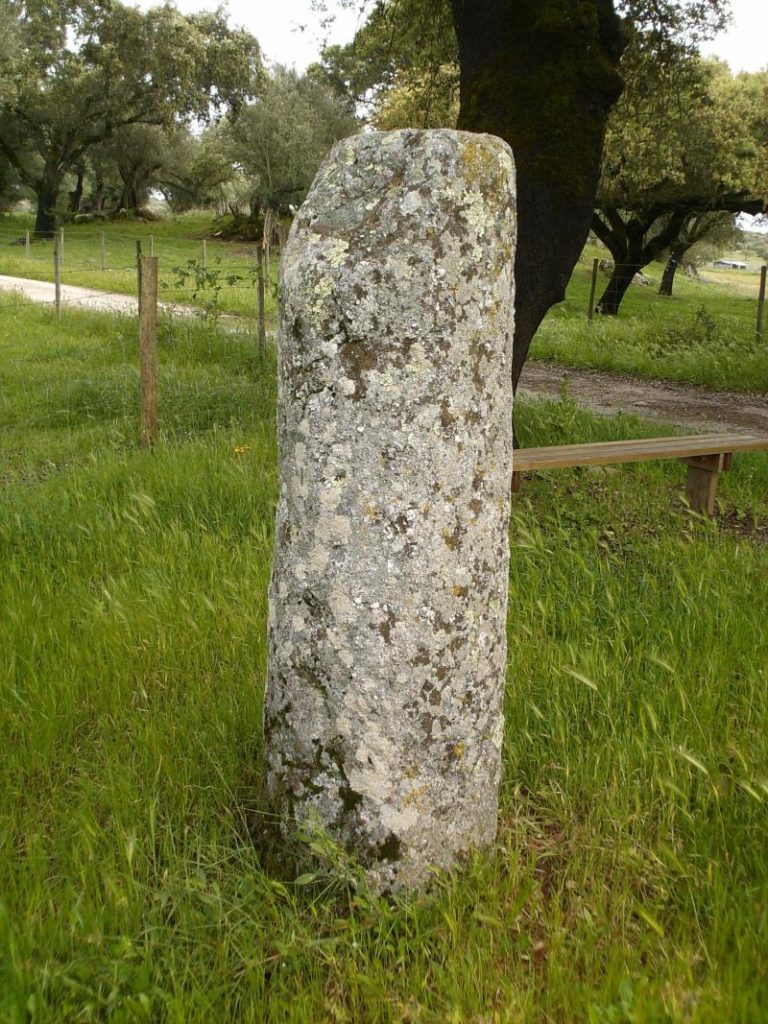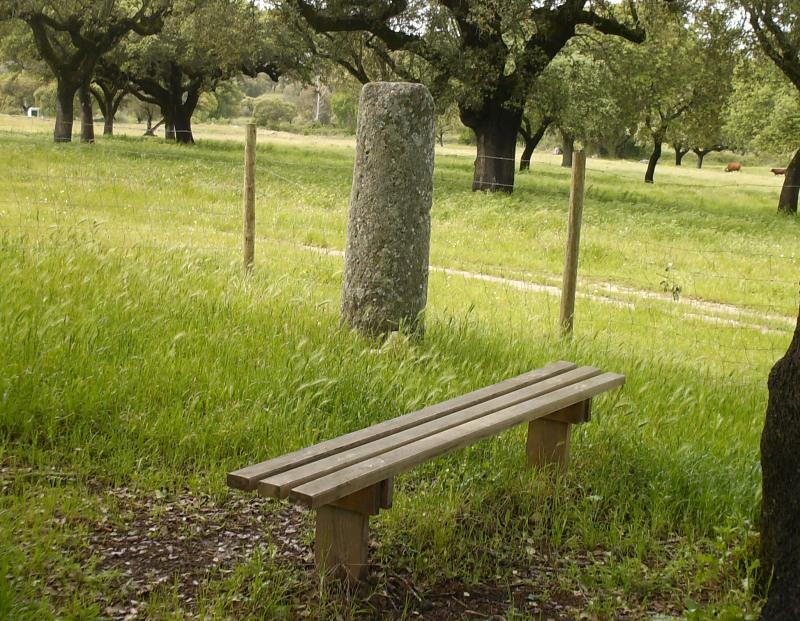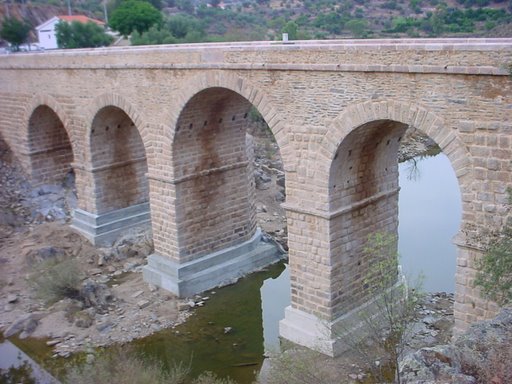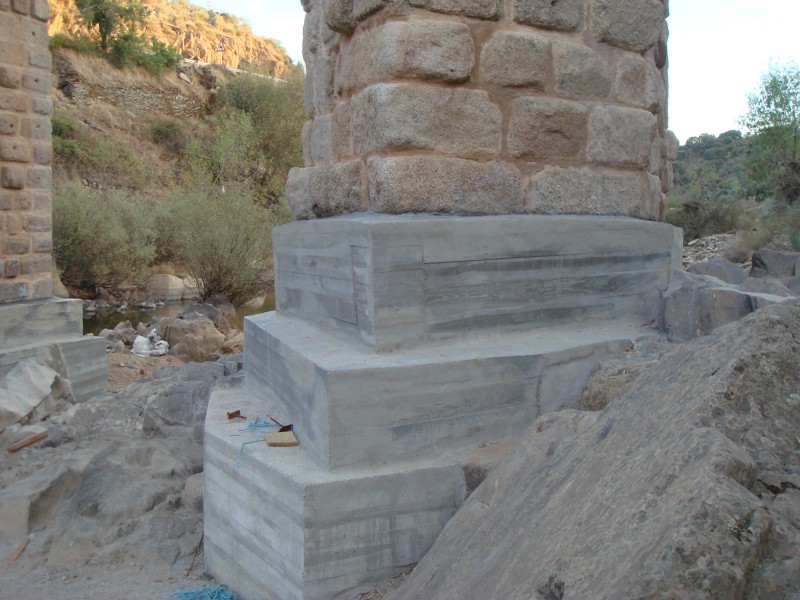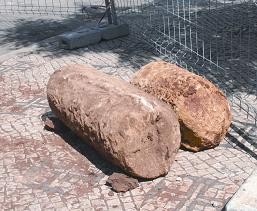(Originally published on October July 15, 2010)

Mapungubwe National Park Interpretive Centre, Peter Rich Architects, (2008), a) interior view, b) under construction (Photo: James Bellamy).
The construction of the Mapungubwe National Park Interpretive Centre in South Africa was inspired by ancient Roman construction techniques such as the arched ceiling structure and the use of local materials for a new model of subtlety. The project, designed by John Ochsendorf, a professor of civil engineering and architecture at MIT, and built between 2007 and 2010, aims to demonstrate that it is possible to build modern buildings using inexpensive materials near the construction site (one of the rules). to minimize costs and reduce construction time), thereby significantly reducing energy consumption and pollution associated with construction projects. A time-lapse video about this building could be watched here.
